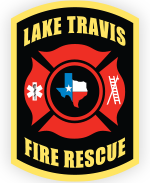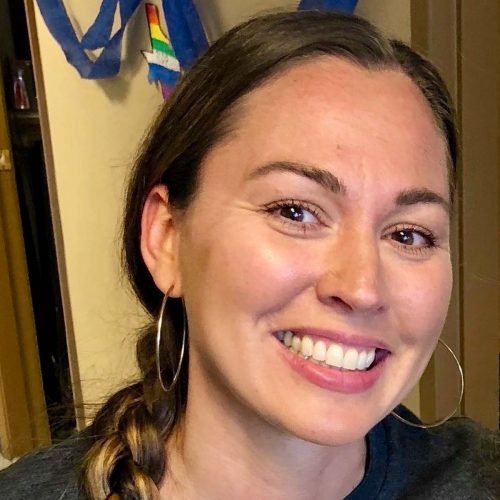Community Wildfire Protection Plan (CWPP)
Wildfire is everybody’s fight – not just the first responders at the local fire station but everyone who lives in all parts of Travis County. Our woodlands, riparian areas, suburban greenbelts and tree-shaded pathways make this part of Central Texas the gem that attracts new citizens and visitors from all over the world.
You live in a downtown Austin high-rise: you have a stake in fighting wildfire if you enjoy our area parks. You live next to a suburban greenbelt: you have a stake in fighting wildfire to protect your home and the landscape. You live on rural acreage in Travis County: you have a stake in fighting wildfire to preserve our Texas heritage.
No citizen gets a pass on fighting wildfire, no matter where they live in Travis County.
As our community continues to expand into once-rural parts of the county more of our residents settle into what fire prevention professionals call the Wildland Urban Interface, the WUI. As the name implies, it’s where human development – homes and businesses – share a back fence with land that once was farm or ranch land. Austin is expected to double its population in the next 30 years and much of that growth will be in this interface.
But the WUI is more than just a place; it’s a set of conditions: climate (ours is getting drier), vegetation, topography and proximity of structures. During the 2011 Labor Day weekend, those wildland urban interface conditions struck residents of Travis and Bastrop Counties with devastating force. That weekend some 7,000 acres burned in Travis County, destroying 57 homes. Our neighbors in Bastrop County suffered the largest per-capita loss in the nation’s history as flames consumed 34,000 acres and 1,700 homes.
In a time of limited resources, both human and capital, it’s important to establish priorities for dealing with an issue as vital as wildland fire mitigation. We can never afford to have enough firefighters or firefighting equipment for every home or person living in the WUI. Risk assessment is a critical part of the CWPP. Using Geographic Information Systems (GIS) modeling, this report delineates existing and potential wildfire risks and threats down to a defined planning unit level within the county. Based on those risk levels, managers can deploy scarce wildfire mitigation resources where they are most needed on a priority basis, supported by hard data, rather than reacting to the loudest voices.
The junipers growing in the western part of the county and red cedars in the eastern are part of a fuel type and environment dissimilar to the west coast chaparral. Central Texas has a more humid climate, our junipers are more resistant to cold and drought, and they grow among hardwoods and grasslands with varying moisture contents. These Central Texas trees and grasses — fuel types — are defined by this CWPP and their occurrence identified within the county.
Fires only burn where and when they have fuel, and reducing fuel around structures goes a long way in protecting property and lives including the lives of our firefighters.
Key to a building’s survival in a wildfire is the ignitability of its materials – roof and siding – and its surrounding environment – trees and other vegetation growing nearby. An area up to 200 feet around a home is known as the Home Ignition Zone (HIZ). It’s the space most vulnerable to a wildfire approaching the structure. This 200-foot zone is the area within the WUI where fuels mitigation pays the biggest dividends.
The first 30 feet around the home within this HIZ, called the Defensible Space, is the most important because the fuel here can catch your house on fire. Step back from your house and look at it as fuel rather than where you and your family live with many years of memories. Even if the home is not close to a greenbelt that might catch on fire, embers are capable of traveling miles on the wind before landing and starting a new fire. Embers will ignite dry oak blossoms and other debris in gutters and soon spread into the attic. You can’t control where an ember will land but you can control what happens when it does land. This is the concept of home hardening – making our homes better able to withstand a wildfire.
Some compromises will have to be made to ensure our community becomes fire resistant. Across the county there are 22 incorporated cities, thousands of neighborhoods and subdivisions, and many more groups with land-management responsibilities. Reconciling code and ordinance conflicts will be a big part to achieving our goal. As part of the CWPP mitigation discussion, there is a step-by-step framework for building a WUI code and how to implement it.
Ironically, and sadly, Bastrop County had a CWPP in place years before the 2011 fire. Perhaps the conditions of that weekend – drought, strong northerly winds and downed power lines – would have destroyed much with or without a CWPP. But a plan such as this is of no value if it gathers dust on the shelf; it must be implemented. Under the current Texas Constitution, county commissioners have limited authority to establish and enforce code that would mitigate the devastating effects of a wildfire
With almost unprecedented population growth in the WUI during a near record-breaking drought, now is the time to take action to make our community a fire-resilient one, a community that can live in an environment that evolved with wildfires, a community whose citizens will take personal responsibility for making their property fire-resistant. The hands of Austin and Travis County citizens are the best ones to protect their homes and property from wildfire.





